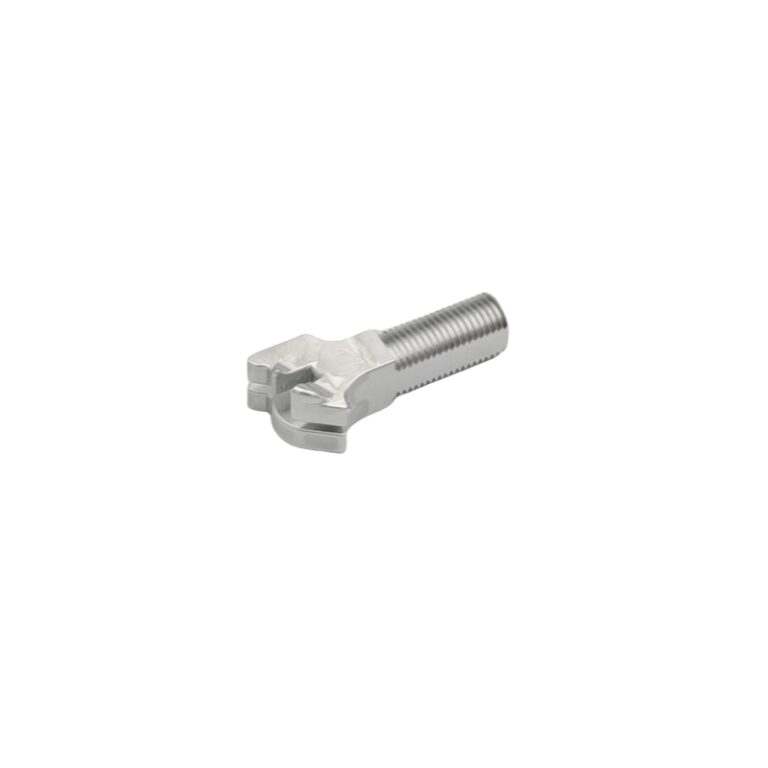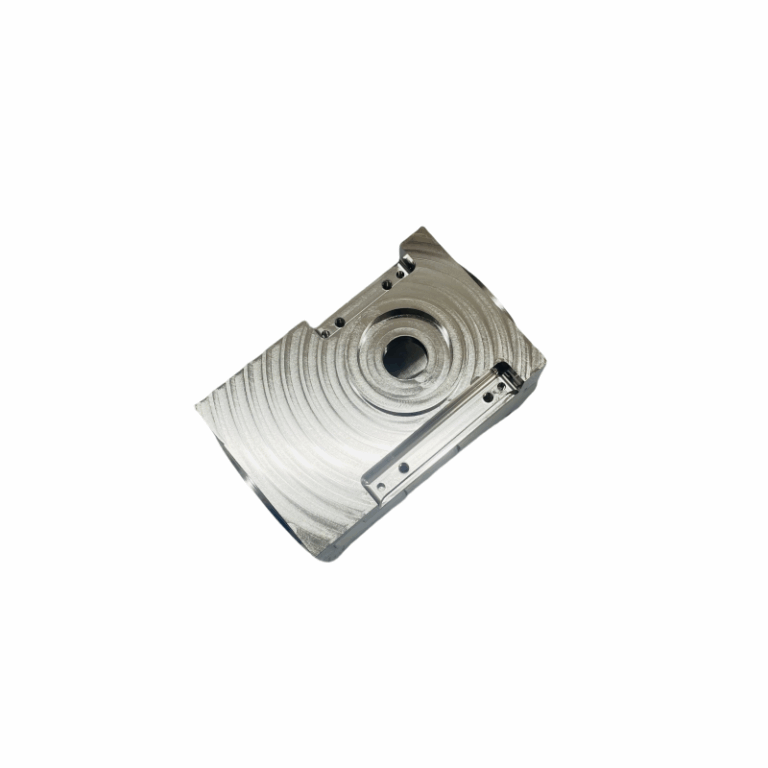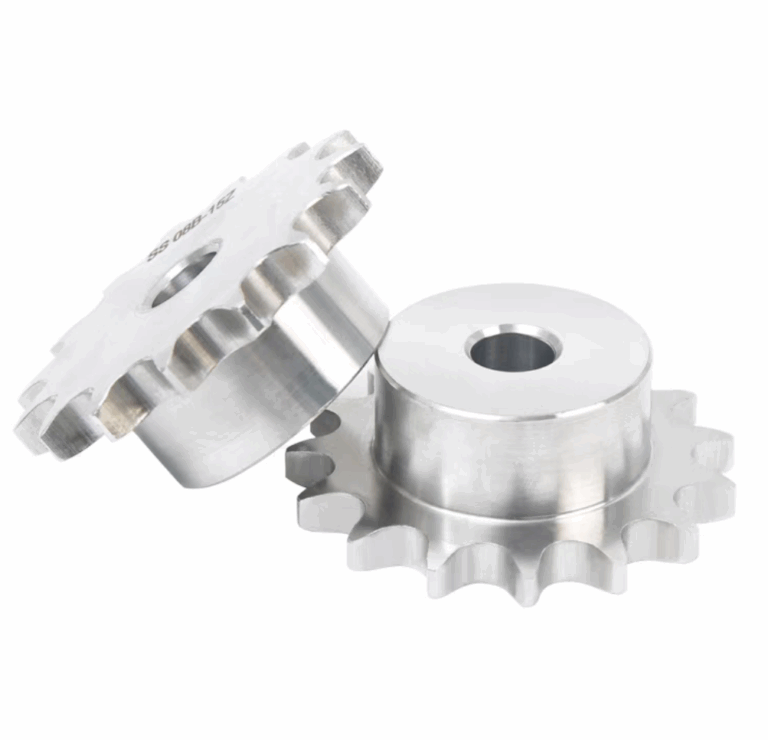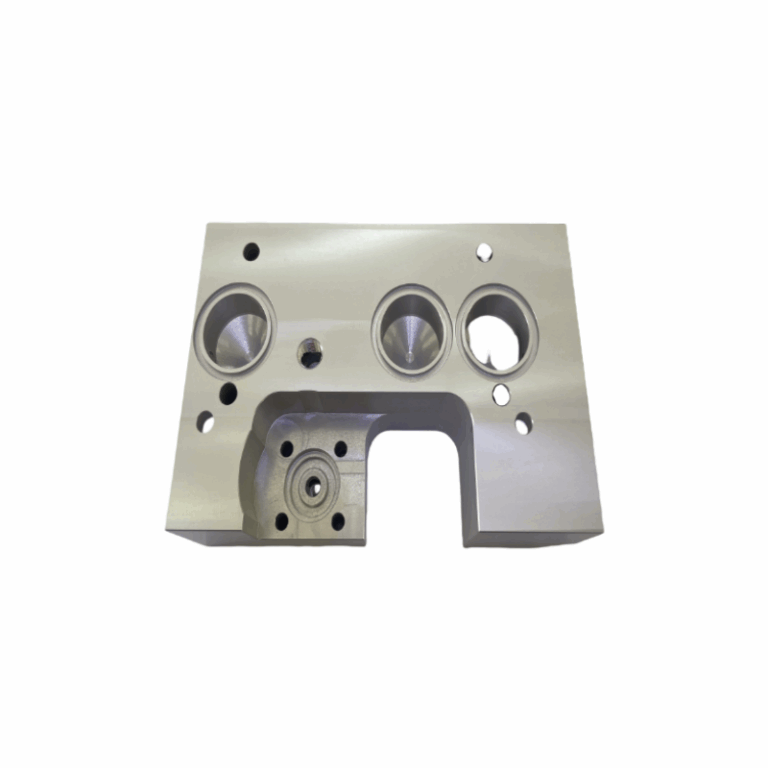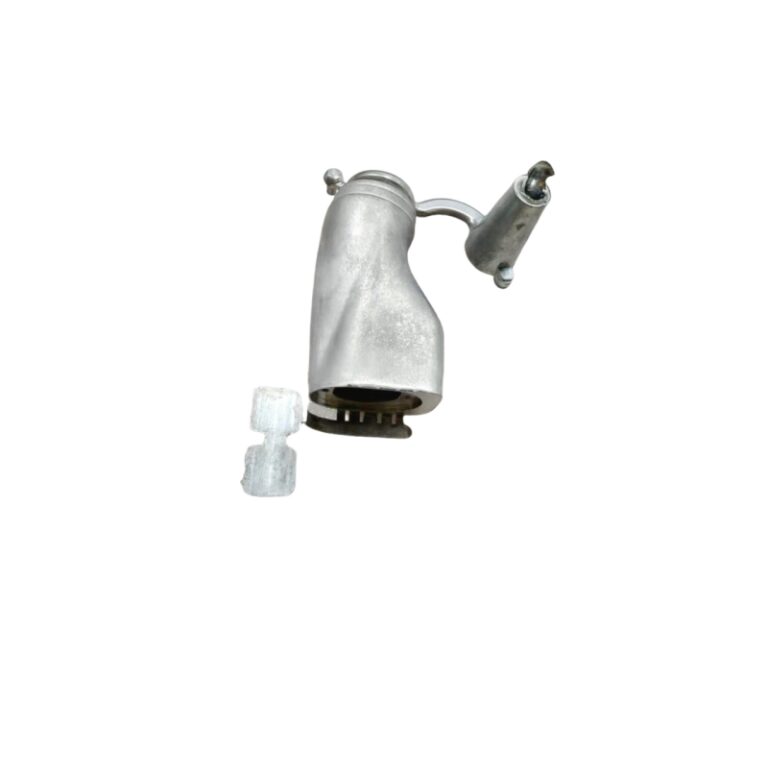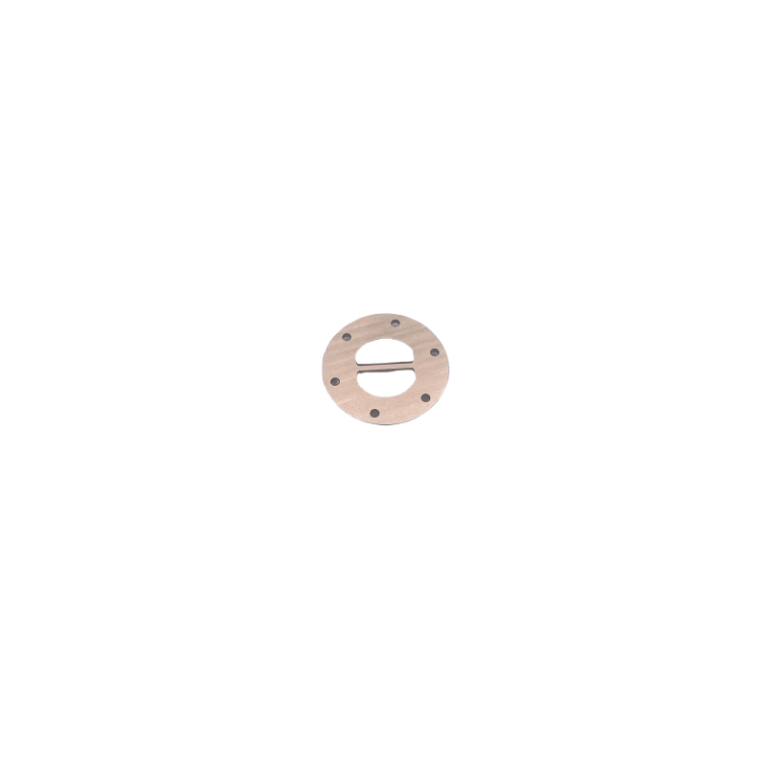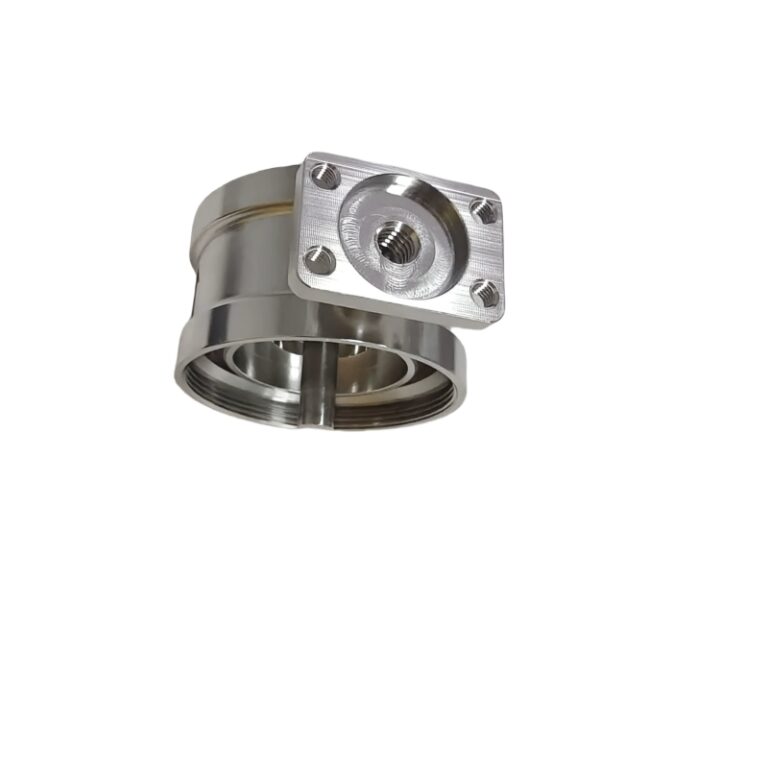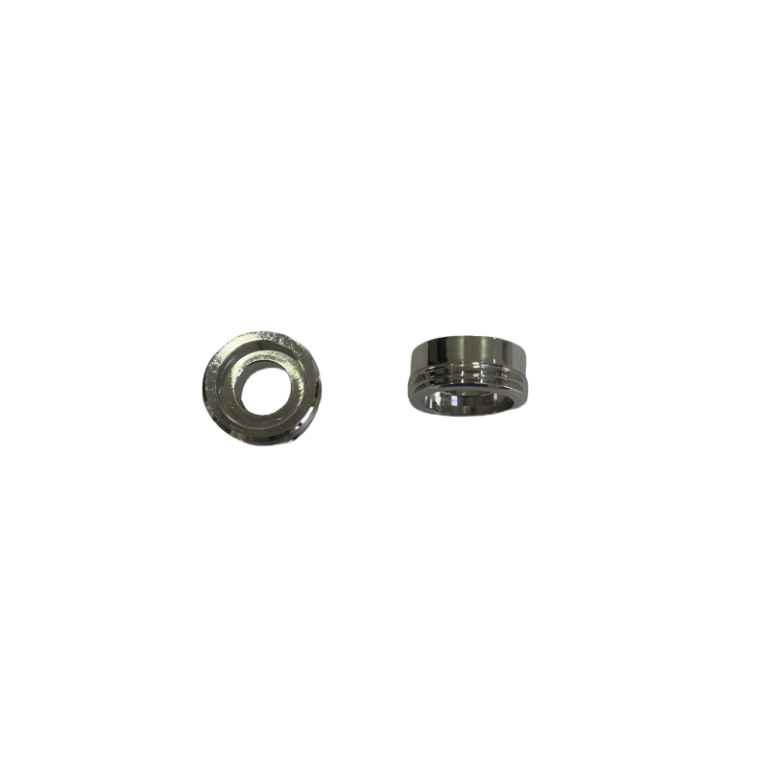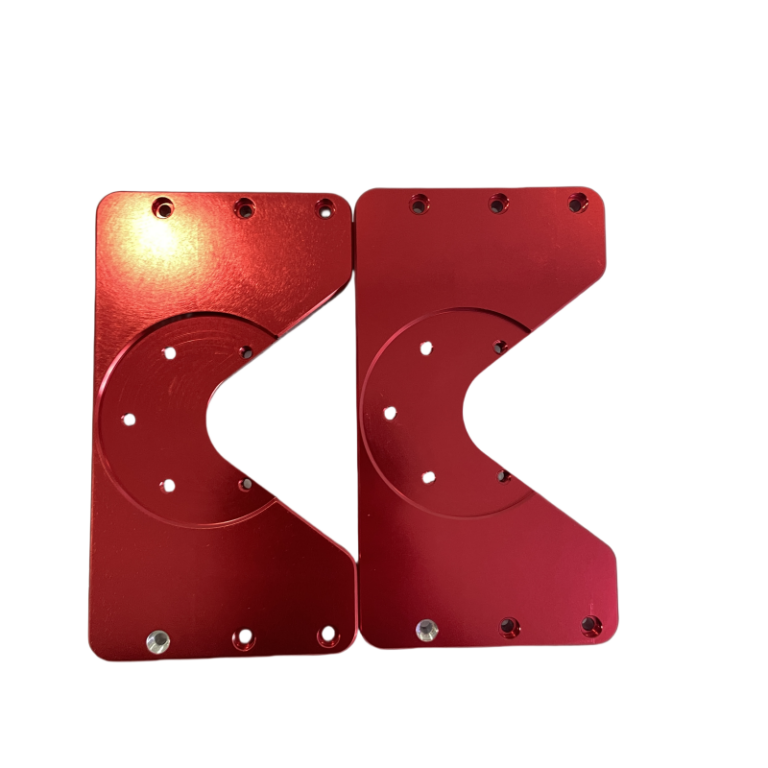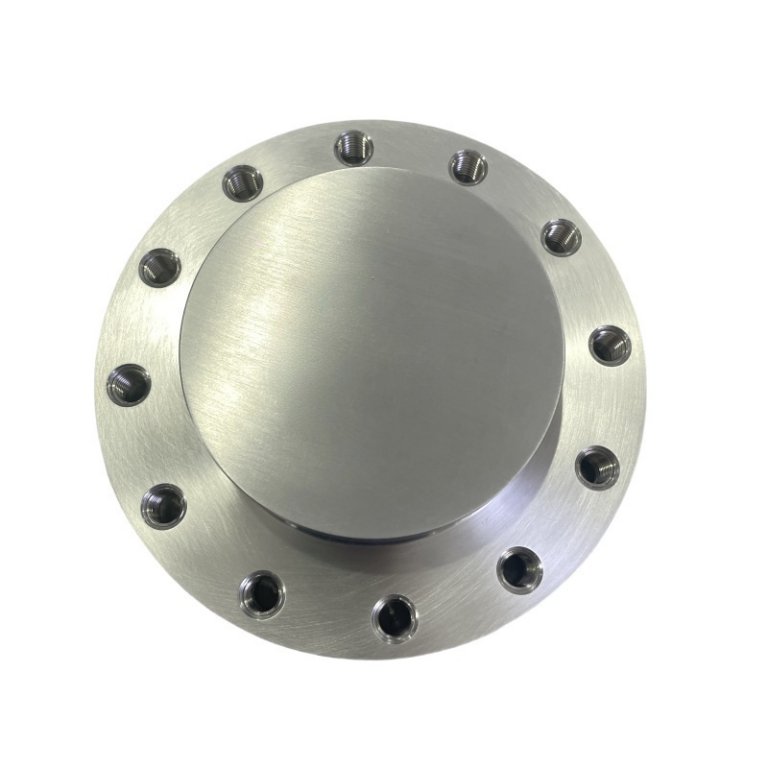With the rapid development of science and technology, the medical field is undergoing an unprecedented transformation. With the continuous integration of advanced technologies such as artificial intelligence, big data, and cloud computing, the traditional medical model is gradually moving towards a more precise, efficient, and personalized direction. Medical CNC, as an important driving force of this change, is leading the new trend in the medical industry with its unique charm. CNC technology refers to the automatic control technology that uses numbers, words, and symbols to compile programs to execute certain work processes.
CNC system refers to the organic integration system of software and hardware modules that realize the functions of CNC technology, and is the carrier of CNC technology. Medical CNC means control of all the medical equipment and systems by the CNC system with high CNC technology. This article will take you to explore the mystery of medical CNC and reveal how medical CNC has become a new chapter in precision medicine.
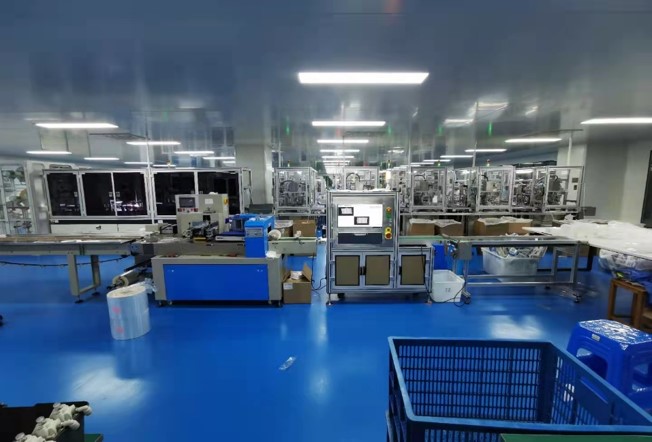
Medical CNC: definition and connotation
In short, medical CNC is a new medical model that uses digital, networked, and intelligent technologies to control and manage the medical process precisely. It covers multiple aspects, from disease diagnosis, treatment plan design, surgical operations, rehabilitation care, and health management, and aims to improve the efficiency and quality of medical services and achieve optimal allocation of medical resources through accurate data analysis and intelligent decision support.
The core of medical CNC lies in the word “precision”. It requires doctors to rely not only on rich clinical experience and professional knowledge during diagnosis and treatment but also to make full use of modern scientific and technological means to conduct a comprehensive, in-depth, and detailed analysis of the patient’s condition, to develop a treatment plan that is more in line with the patient’s actual situation. This data-based decision-making method not only improves the accuracy and effectiveness of diagnosis and treatment but also greatly reduces the misdiagnosis rate and missed diagnosis rate, bringing more benefits to patients.
Intelligence is one of the important trends in the development of medical CNC equipment. Through the integration with advanced technologies such as artificial intelligence and big data, medical CNC equipment has achieved intelligent upgrades and improved production efficiency and product quality. For example, the AI-driven innovative product “TechEasy Answer” displayed by GE Healthcare provides real-time answers to medical equipment users through an intelligent question-and-answer system, greatly improving the user experience. In addition, some CNC equipment is also equipped with an online detection system that can monitor the processing quality in real-time to ensure that the final product meets strict medical standards. This intelligent integration not only improves the performance of medical equipment but also provides strong support for the modernization and upgrading of medical services.
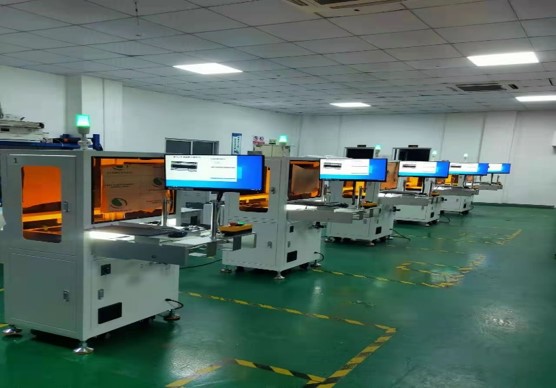
Technical support of medical CNC
In recent years, medical CNC equipment has made many breakthroughs in technological innovation. These breakthroughs have not only promoted the upgrading of medical equipment but also provided strong guarantees for the precision and personalization of medical services. The following are some representative technological breakthroughs:
- Micro-nano manufacturing technology: Micro-nano manufacturing technology is a technology for manufacturing medical devices and materials at the micron or nanometer scale. Through micro-nano manufacturing technology, medical implants and sensors with tiny structures and high performance can be manufactured. These tiny structures help improve the accuracy and sensitivity of medical devices and provide more accurate means for the diagnosis and treatment of diseases.
- 3D printing technology: 3D printing technology is increasingly widely used in the medical field. Through 3D printing technology, medical devices and implants that meet the patient’s personalized needs can be directly manufactured based on the patient’s CT or MRI image data. This technology not only improves the customization of medical devices, but also shortens the production cycle and reduces manufacturing costs.
- Robot-assisted surgery technology: Robot-assisted surgery technology is a technology that uses a robot system for surgical operations. Through the robot-assisted surgery system, doctors can perform surgical operations more accurately, reducing surgical risks and the incidence of complications. At the same time, the robot-assisted surgery system can also realize new surgical methods such as remote surgery and minimally invasive surgery, bringing patients a better treatment experience and rehabilitation effect.
- Intelligent sensing and monitoring technology: Intelligent sensing and monitoring technology is a technology that uses sensors and monitoring equipment to monitor patient’s physiological parameters in real-time. Through intelligent sensing and monitoring technology, doctors can understand the patient’s physical condition and disease changes in real-time and adjust the treatment plan in time. This technology helps to improve the accuracy and safety of medical services and improve the patient’s rehabilitation.
The Applications of Medical CNC:
- Accurate diagnosis: In the diagnosis phase, medical CNC can automatically analyze and interpret the patient’s imaging data, pathological sections, etc. through technical means such as image recognition and natural language processing. Combined with the patient’s genetic information, living habits, and other personalized data, medical CNC can also achieve early warning and accurate classification of diseases.
- Personalized treatment: In the treatment phase, medical CNC can develop personalized treatment plans based on the patient’s specific situation. For example, in tumor treatment, gene sequencing technology can be used to understand the patient’s tumor type, mutation site, and other information, to select the most suitable targeted drug or immunotherapy for the patient. In addition, medical CNC can also achieve precise control of the surgical process, such as the application of robot-assisted surgery, precision radiotherapy, and other technologies, which greatly improve the accuracy and safety of surgery.
- Rehabilitation care and health management: In terms of rehabilitation care and health management, medical CNC also plays an important role. Through wearable devices, remote monitoring systems, and other means, real-time monitoring and data analysis of patients’ vital signs can be achieved. Doctors can adjust rehabilitation plans and optimize nursing plans based on these data to ensure that patients get the best rehabilitation results. At the same time, medical CNC can also provide patients with personalized health management suggestions to help them develop good living habits and prevent the occurrence of diseases.
Challenges and Prospects of Medical CNC
Although medical CNC has shown great potential and advantages in the field of precision medicine, its development still faces many challenges. First, the privacy protection and security issues of medical data need to be addressed urgently; second, the data island phenomenon between different medical institutions seriously restricts the sharing and utilization of medical resources; in addition, the popularization and promotion of medical CNC technology also require a lot of financial support and talent training.
With the continuous innovation and technological breakthroughs of medical CNC equipment, the market will usher in a broader development prospect. However, it also faces many challenges and competitive pressures. In order to cope with these challenges and pressures, medical CNC equipment manufacturers need to continuously strengthen technological innovation and brand building, and improve product quality and service levels. At the same time, the government and all sectors of society also need to pay more attention and support to provide a better environment and conditions for the development of medical CNC equipment. DMTC, as a professional manufacturer of machining medical CNC parts, promotes the replacement and modernization of medical equipment and also provides strong guarantees for the precision and personalization of medical services.

